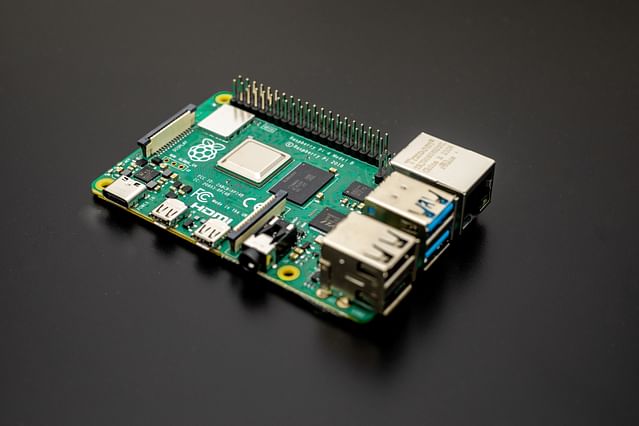
Using a Home Assistant on a Raspberry Pi with Zigbee and Z-Wave
Are you tired of managing multiple smart home devices from different manufacturers and trying to get them to work together? Look no further than a Home Assistant on a Raspberry Pi with Zigbee and Z-Wave.
A Home Assistant is an open-source home automation platform that allows you to manage smart home devices and automate tasks. Raspberry Pi is a small computer that can be used as a Home Assistant server. Zigbee and Z-Wave are two wireless communication protocols used for smart home devices.
Here are the steps to get started with a Home Assistant on a Raspberry Pi with Zigbee and Z-Wave:
Step 1: Install Home Assistant on a Raspberry Pi
The first step is to install Home Assistant on a Raspberry Pi. You can download the Home Assistant image for Raspberry Pi from the Home Assistant website. Burn the image to an SD card using a tool like Etcher. Insert the SD card into the Raspberry Pi and power it on. Follow the Home Assistant setup instructions to complete the installation.
Step 2: Add a Zigbee Controller
Zigbee is a wireless communication protocol used for smart home devices. To connect Zigbee devices to Home Assistant, you need a Zigbee controller. One of the most popular Zigbee controllers is the CC2531 USB dongle. To add a Zigbee controller, insert the controller into the Raspberry Pi and install the Zigbee add-on in Home Assistant. Follow the Zigbee add-on instructions to configure the controller and connect Zigbee devices.
Step 3: Add a Z-Wave Controller
Z-Wave is another wireless communication protocol used for smart home devices. To connect Z-Wave devices to Home Assistant, you need a Z-Wave controller. One of the most popular Z-Wave controllers is the Aeotec Z-Stick Gen5. To add a Z-Wave controller, insert the controller into the Raspberry Pi and install the Z-Wave add-on in Home Assistant. Follow the Z-Wave add-on instructions to configure the controller and connect Z-Wave devices.
Step 4: Manage Smart Home Devices and Automation Tasks
Once you have connected your Zigbee and Z-Wave controllers to Home Assistant, you can add your smart home devices and automate tasks. Home Assistant has a user-friendly web interface where you can manage your smart home devices, create automations, and access advanced features like scripting and templates.
Conclusion
Using a Home Assistant on a Raspberry Pi with Zigbee and Z-Wave is a powerful and flexible way to manage your smart home devices and automation tasks. With the right hardware and software setup, you can easily control your lights, thermostats, locks, and more from a single platform. So why not give it a try and see how it can improve your life?
Posted on: Dec 7, 2022 Last updated at: May 4, 2023